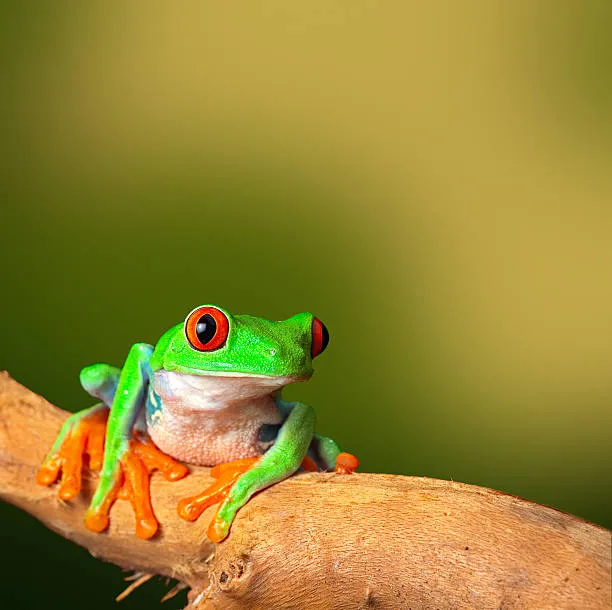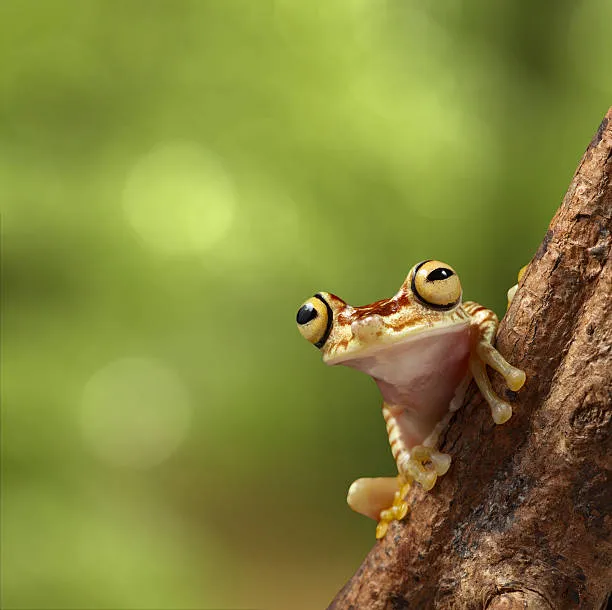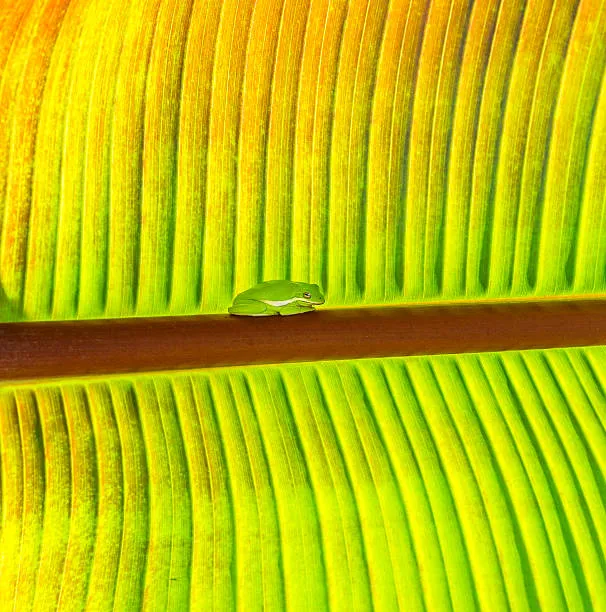What is Tarantula-Frog Symbiosis?
Tarantula-frog symbiosis is a fascinating example of a mutualistic relationship found in the wild, specifically within the ecosystems where tarantulas and certain frog species cohabitate. This symbiotic relationship, although not universally observed across all tarantula and frog species, is a notable phenomenon. The essence of this symbiosis lies in the mutual benefits that each species derives from the other, allowing them to thrive in their shared environment. This includes the protection that frogs receive by living with tarantulas, and the potential food source the tarantula can have. The dynamics of this relationship are complex, evolving over time based on ecological factors and behavioral adaptations. Understanding this symbiosis provides insights into how different species interact, the intricate balance within ecosystems, and the various survival strategies employed in nature.
Benefits of Tarantula-Frog Symbiosis
The benefits of this intriguing partnership are multifold, showcasing the intricate balance of nature. Frogs gain a significant advantage by sharing a habitat with tarantulas. These spiders, often larger and more formidable, act as a deterrent to potential frog predators, such as snakes and other larger invertebrates, who may not want to risk a confrontation with the venomous tarantula. In return, the tarantula may also find some benefit. While not as clearly defined as the frog’s protection, some studies suggest the frogs may help keep the tarantula’s burrow clean, or the frog may serve as a small, convenient food source. The presence of the frog does not seem to hurt the tarantula in anyway. This arrangement ensures that both species have a greater chance of survival in their natural habitat, thereby demonstrating the power of symbiosis. Both species therefore thrive because of this relationship.
How Do They Live Together?

The cohabitation of tarantulas and frogs is a remarkable display of ecological adaptation. The frogs often take up residence within or near the tarantula’s burrow or the immediate area. The tarantula, being a territorial creature, usually tolerates the frog’s presence due to the advantages it gains from this association. The exact nature of their interactions can vary depending on the specific species involved, but the general principle remains the same: a mutual arrangement where each participant contributes to the other’s survival. The tarantula’s presence acts as a guardian, while the frog can contribute to a cleaner environment, or in some cases, a potential food source for the tarantula. This symbiotic relationship has provided a unique look into how diverse species can coexist and the benefits they receive. A clear understanding of the environmental factors is critical to understanding this interaction.
The Role of the Tarantula
The tarantula plays a central role in this symbiotic relationship, primarily serving as a protector for the frog. Tarantulas are formidable predators, equipped with venom and large fangs, which they use to subdue prey. The venom, while not lethal to humans, is effective against smaller animals that might prey on the frog. The tarantula’s presence deters these threats, providing a safe environment for the frog to thrive. They are also a key element to the ecosystems these organisms inhabit. While the frog might on occasion serve as food for the tarantula, the primary function of the spider within the symbiotic relationship is defense, creating a safe haven for the frog. This role is critical to the survival of both species and underlines the dynamic nature of their interaction in the ecosystem.
The Role of the Frog
The frog’s role in this symbiosis is less direct but still significant. By residing near or within the tarantula’s burrow, the frog benefits from the protection provided by the spider. In addition to protection, the frog’s role may be more complex, with some suggesting the frog might contribute to keeping the tarantula’s burrow clean or serving as a backup food source in times of scarcity. The frog’s ability to coexist with a predator like the tarantula speaks volumes about its resilience and adaptability. It is worth noting that not all frogs exhibit this symbiotic behavior, but for those that do, the advantage is clear. The frogs will often live in the burrows of the tarantulas, thus, the frogs indirectly support the tarantulas. The symbiotic relationship is very well-documented.
Identifying Symbiosis in the Wild

Identifying tarantula-frog symbiosis in the wild requires careful observation and knowledge of their natural habitats. Look for the presence of both tarantulas and specific frog species. Habitats may include burrows, near rocks, or in humid, tropical forests. Observe the behavior of both species. If you see frogs consistently near tarantula burrows or in close proximity to the spider without any signs of predation, it is likely that you’ve witnessed a symbiotic relationship. Look for shared living spaces, such as burrows or crevices, and note the overall health and behavior of both the tarantula and frog, signs of a healthy relationship. This will include the frogs being active and the tarantula not actively pursuing them. Knowing their environment, their behavior, and their physical characteristics is essential to spot and understand this unique form of symbiosis.
Where Can You Find Them?
The tarantula-frog symbiosis is typically found in specific geographical regions where both species’ habitats overlap. These locations often include tropical and subtropical environments, such as parts of Central and South America. Within these areas, you might find these organisms in humid forests, near bodies of water, and areas with suitable soil for burrowing. Careful habitat assessment is essential. Identifying the specific tarantula and frog species that exhibit this symbiotic behavior is also crucial, as not all species participate in this relationship. This will greatly help you locate them in the wild. The presence of both species in these particular ecosystems highlights the importance of understanding and preserving these unique habitats, where species interactions contribute to the overall biodiversity and health of the environment.
Threats to Their Symbiotic Relationship
The tarantula-frog symbiotic relationship, like all ecological interactions, faces threats from various environmental and anthropogenic factors. Habitat destruction due to deforestation, agriculture, and urbanization is a major concern, reducing the available space and resources for both species. Climate change also poses a significant threat, altering temperature and rainfall patterns, and potentially disrupting the delicate balance required for this symbiosis. Pollution, including pesticides and herbicides, can contaminate the environment and harm both tarantulas and frogs. The introduction of invasive species can also disrupt the ecosystem, leading to increased competition or predation. Conservation efforts must address these multifaceted threats to ensure the long-term survival of this fascinating and mutually beneficial relationship, which includes protecting habitats, mitigating climate change impacts, and raising public awareness about the importance of biodiversity.
How to Observe Without Interruption

Observing tarantula-frog symbiosis without disrupting the natural environment requires a careful and responsible approach. Minimize your impact by staying a safe distance away from the habitat, using binoculars or a telephoto lens to observe the animals. Refrain from making loud noises or sudden movements that might startle the animals. Avoid touching or handling the animals, as this can cause stress or injury to them. Be sure to respect the habitat by not disturbing the surroundings. Study their behavior, interactions, and environment without disturbing the delicate balance of their cohabitation. Promote ethical wildlife observation and raise awareness about the importance of preserving these species and their habitats. Consider supporting conservation efforts focused on protecting tarantulas, frogs, and their shared environments. Always leave the area as you found it to ensure future observations are as natural as possible.
